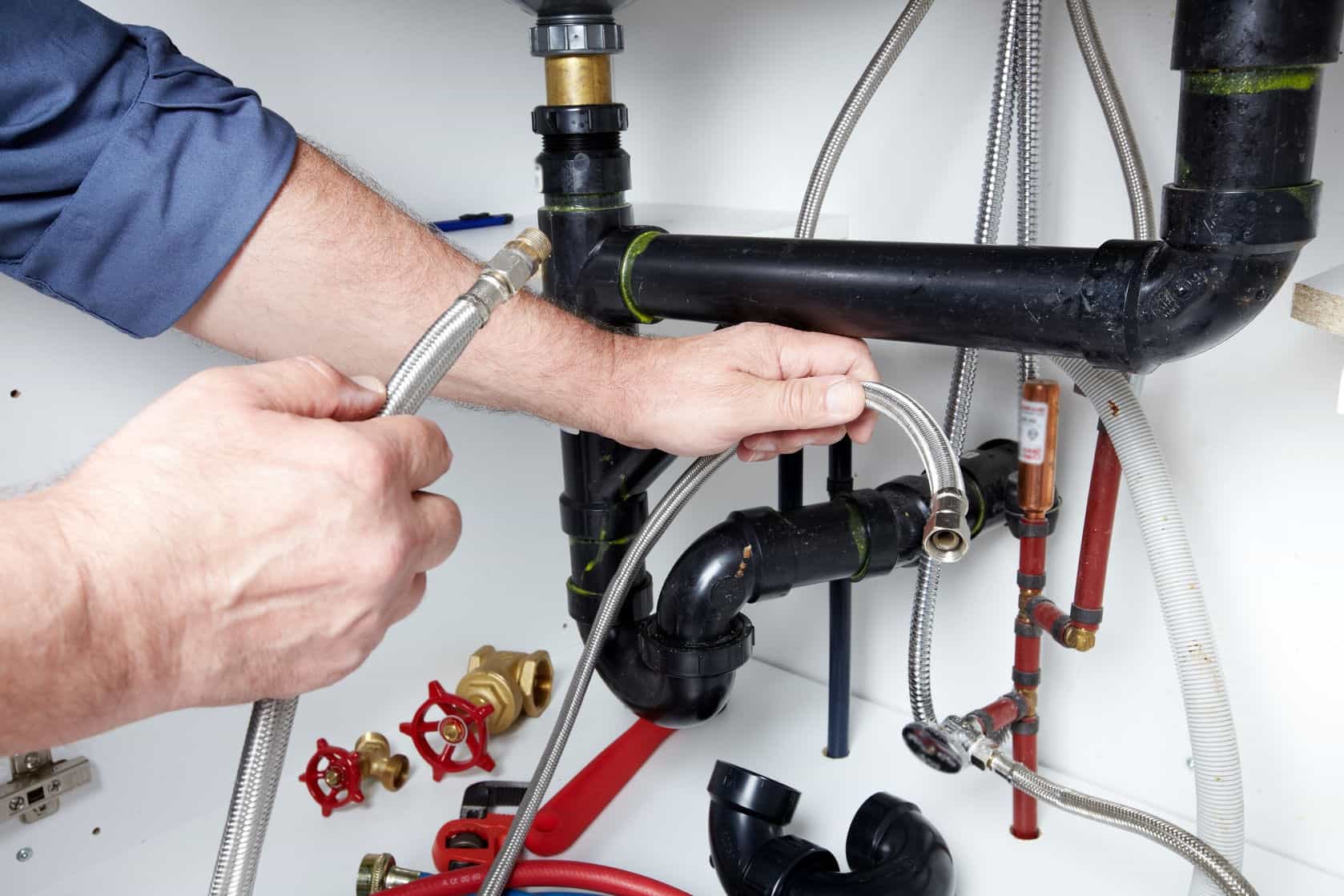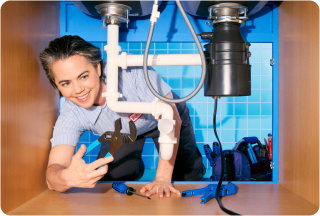What to Do About a Clogged Sewer Line

Got a clogged sewer line? American Home Shield is here to help you spot a clogged sewer line and walk you through how to fix it.


Got a clogged sewer line? American Home Shield is here to help you spot a clogged sewer line and walk you through how to fix it.
A clogged sewer line in your basement, cellar, or outside can cause plumbing issues that are expensive and frustrating to deal with, but it doesn’t have to spell disaster.
If you think that your sewer is clogged, follow these guidelines to learn how to identify the issue, fix it, and when to call in a professional.
What Causes a Clogged Sewer Line?
A clogged sewer line can stem from:
How Do I Know if I Have a Main Sewer Line Clog?
Tell-tale signs that your sewer line is clogged include:
However, just a single slow-flushing toilet or slow-flowing drain does not necessarily indicate a blocked sewer line. You will usually have problems with all of the drains in your home at the same time, especially the toilets. When it comes to a clogged sewer line, the porcelain throne is king. Toilets have the most direct route to the sewer and the biggest drain line. If your toilets are causing your home’s other drains to overflow when they are flushed, or if your toilets overflow when you use the washing machine or dishwasher, it’s highly likely that you have a sewer line problem.
How Do I Diagnose a Clogged Sewer Line?
To pinpoint the exact cause of your clogged sewer, you may need to explore the nitty-gritty depths of your sewer line through a camera inspection. Hypothesis-based dig points are a thing of the past; these days, a sewer video inspection professional will come to your house to run a video line through your waste pipes and locate the source of the blockage.
Think of the camera inspection as analogous to an endoscopy: the camera travels through the pipes and records any issues in real-time detail. The camera unit will transmit the blockage point location through a locating device. This point indicates where you should dig the sewer trench.
Once you have diagnosed the clogged sewer line, the next step is figuring out how to unclog a sewer line.
Thinking about coverage?
Security for your home. Protection for your budget.
How Do I Unclog a Sewer Line?
Since a sewer line clog means your home may become unlivable due to unusable toilets and sinks. You’ll need to perform a sewer line cleanout immediately after diagnosing the problem. Doing so will allow you and your family to return to a grime-free home with working pipes.
First, shut off the water to release sewer line pressure. If you have a main sewer line clog, you can help release some of this pressure by turning off your water at its main supply source or at street level. Then, scout around and see if you can locate the sewer cleanout line, usually a small white pipe around three to four inches in diameter and sealed with a screw-on cap. Unscrewing the cap can help unscrew your line since it should release any built-up pressure and encourage any backed-up water to drain.
After you release the pressure, the following can help unclog your sewer line:
Sometimes a plumber will even recommend using three methods: chemicals to break up root issues, an auger to further dismantle debris, and finally, a high-pressure water jet to complete the job.
How Much Should I Expect to Pay for a Sewer Line Cleanout?
Unfortunately, a blocked sewer line can also block your financial goals if you’re not prepared. Altogether, clogged sewer line cost is often in the thousands of dollars.
Does a Home Warranty Plan Cover a Sewer Line Cleanout?
A home warranty from American Home Shield® offers coverage for your home’s key systems and appliances, including plumbing warranty coverage. We will clear mainline drain or sewer system lines from existing access or clean-out without excavation up to 100 feet from access point.
Spotting, diagnosing, and clearing a clogged drain or sewer line shouldn’t be rocket science. With these tips on repairing a sewer line clog, your household will be back up and running again in no time. Check out our plans and pricing to see which home warranty plan works best for you before a clogged sewer becomes a down-in-the-dumps day.
See how a plumbing protection plan can help with covered repairs.

AHS assumes no responsibility, and specifically disclaims all liability, for your use of any and all information contained herein.
Have a plan for your home when things don't go according to plan
Shop Home WarrantiesStaging